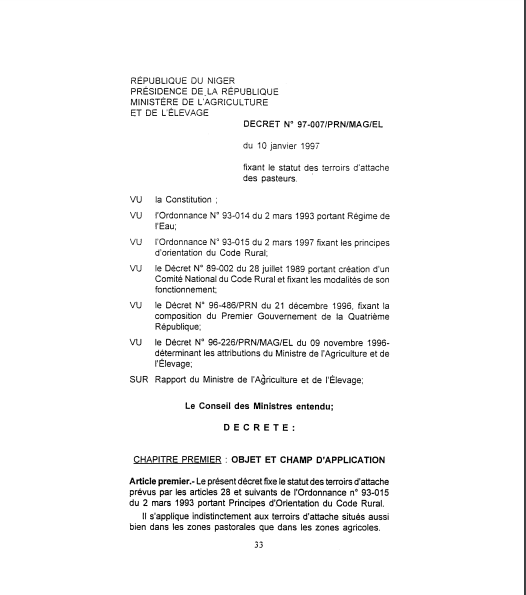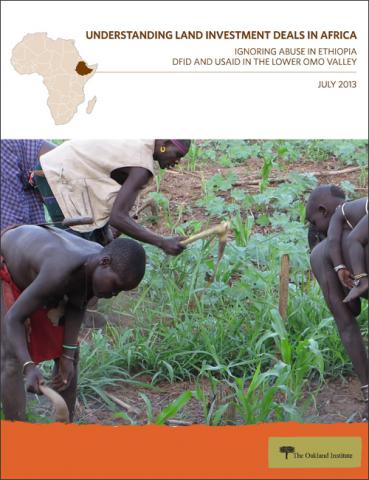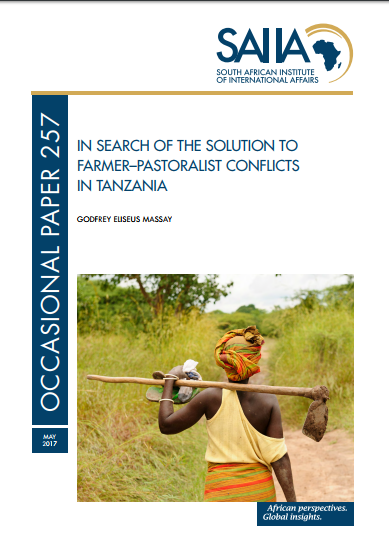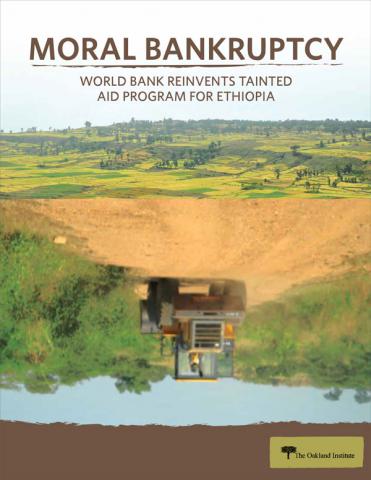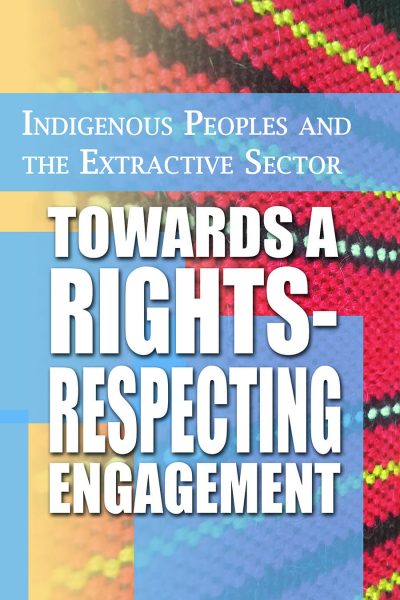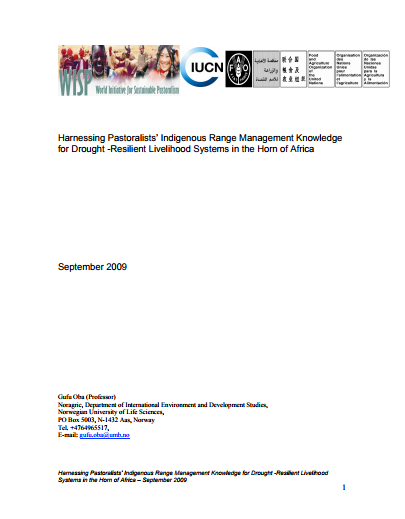LAND ADMINISTRATION TO NURTURE DEVELOPMENT (LAND)
Protection of pastoralist land resources has taken on a new urgency in light of the rapidly expanding global and national demand for land and land-based natural resources for large-scale commercial agricultural production, conservation initiatives, and mining. These activities threaten pastoralist land use systems.


